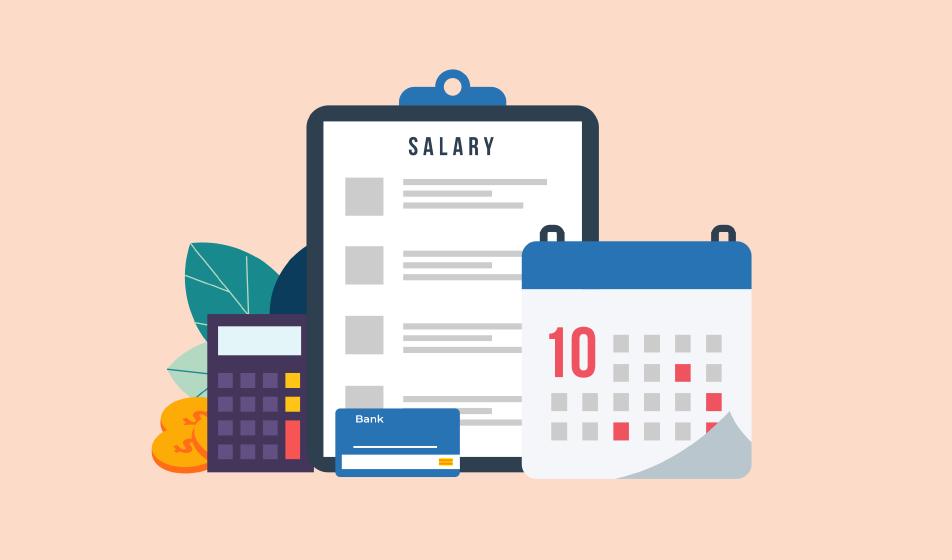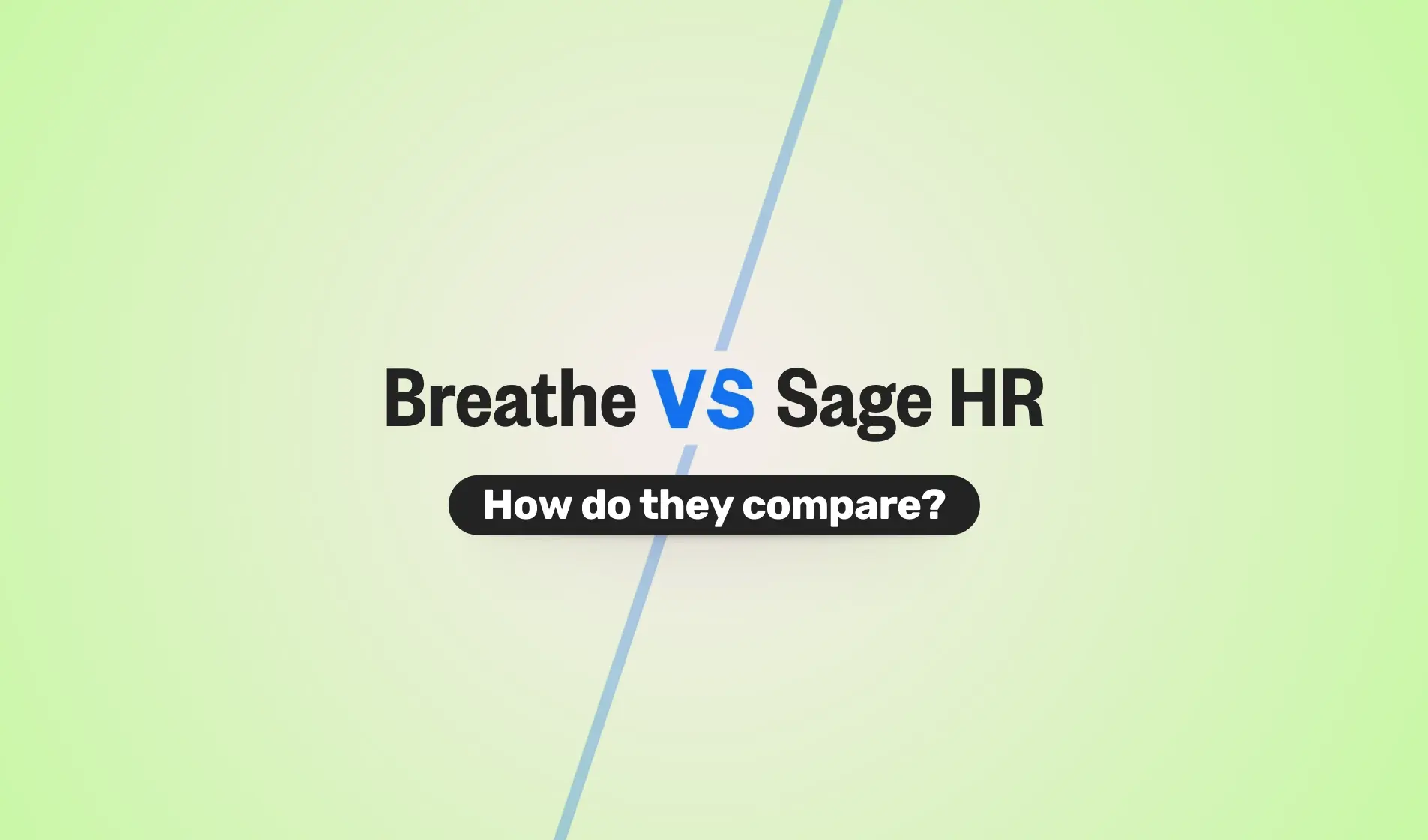Workplace grievances and staff complaints need time, care and good record keeping. A grievance can concern an employee’s role, their workplace or even another member of staff.
Whether you’re an HR professional, an office manager or the owner of the business, your aim in dealing with the grievance is to resolve the issue quickly & effectively.
What is a grievance?
A grievance is defined by ACAS 'as a formal way for an employee to raise a problem or a complaint to their employer'.
To ensure that your employee gets a fair hearing and outcome - and avoid lengthy and costly employee tribunals - here are 5 ways to deal with a workplace grievance.
1. Check your grievance procedure
By law, every company needs a formal, written grievance procedure.
This explains:
-
who to contact if they have an issue;
-
what the grievance procedure process involves; and
-
the response times for each stage.
We use the company documents feature on Breathe to safely send and store important information, like grievance procedures, to our people. It's super easy. Your team are notified via email as soon as the admin uploads a document. And because each person needs to click to confirm they have read each file, you'll know when everyone's up to date.
Once you've checked the grievance procedure, start talking. It's always best to begin with an informal discussion to understand the issue.
If, after looking and discussing alternative options, there's no resolution, the employee will need to initiate the formal process by submitting a grievance in writing.
Minute or record informal meetings too. Not only will this help to keep track of the complaints, actions and following reactions, but it also helps to understand perhaps where things went wrong and what could be done differently next time.
2. Investigate the grievance
Outline how long the investigation will take and contact all mentioned parties. Remember to include time here for their informal discussions too.
If the issue involves other members of staff, you'll need to spend equal time with each member (whilst trying to remain objective) as they explain their positions or provide evidence.
Once you’ve completed your investigations, you can arrange a grievance hearing. You’ll need to inform all relevant parties, so that they can make their own preparations.
3. Hold a grievance hearing
The next key action is to hold the formal meeting where the employee will set out their grievance and provide any evidence to back up their case.
-
Everyone needs to attend.
-
Employees have the right to bring along a colleague or union representative.
-
Ask how they'd like this resolved, what you can do as employer to help and what outcome they are seeking.
-
Record these formally and send to all parties within the timeframe agreed.
4. Make your decision & inform the employee
After the meeting, you will make your decision. You may decide to uphold the staff member’s grievance in full or in part, or you may reject it.
If you uphold it, or parts of it, you need to identify the action that will be taken. Write to the employee, telling them what your decision is.
Explain the reasons for your decision and advise them what actions you will take and what actions they should take.
5. Further action
If the employee doesn't accept the decision, they have the right to an appeal. Again, your policy should outline the appeals process that will be followed when an employee wants to take the grievance further.
The employee should request in writing that their appeal be heard and inform you what their grounds for appeal are. Where possible, to provide impartiality, the appeal should be heard by another manager or director, and one who was not involved in the first meeting.
At the appeal hearing, you can examine the reasons for the appeal and any new evidence.
Again, after the hearing, you should write to the employee, informing them of your decision and the reasons for it.
If your employee disagrees with your decision, they can pursue mediation or make a claim to an employment tribunal.
Managing grievances within your SME
It’s never nice to have to deal with a workplace grievance. Whatever the cause, and wherever the blame may lie, at minimum it means that someone within your company is unhappy. And that's not how to do business well.
Following these actions will help you to resolve the conflict and respond to any problems as quickly and simply as possible.
You can store any grievances records within Breathe's HR software (though we'd hope you wouldn't have to). Take out a free 14-day trial today - no credit card needed.

Author: Aimée Brougham-Chandler
An IDM-certified Digital Copywriter (2023) & English Language & Literature graduate (BA Hons), Aimée is Breathe's Content Assistant. With 3 years' content marketing experience, Aimée has a passion for writing - and providing SME HR teams with solutions to their problems. She enjoys delving into & demystifying all things HR: from employee performance to health and wellbeing, leave to company culture & much more.






